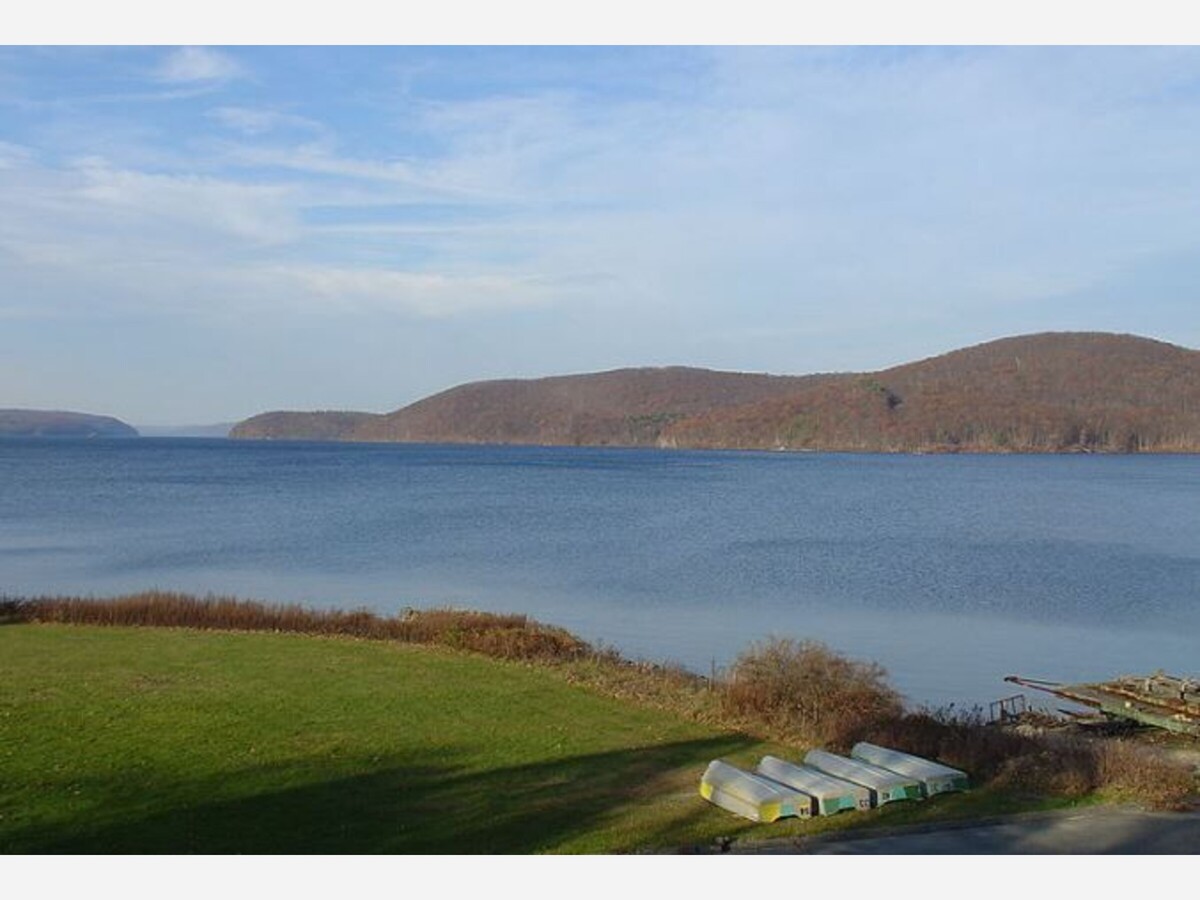Image


Above, Quabbin Reservoir in western, Mass. eyed as cure-all for Greater Boston. It's resources are also sought by other parts of the state.
It's been nearly 30 years in the making for House Speaker Ron Mariano, and for the first time Wednesday he'll put on the House floor "a vehicle that's tied directly to what we're trying to do."
So what is Mariano and the House trying to do with the $1 billion proposal to expand the Massachusetts Water Resources Authority's service area to the Ipswich River Basin and to the South Shore, which makes up roughly one-sixth of the bottom line of the $6.2 billion housing policy and bond bill the House is expected to pass Wednesday?
"The developer who's coming, he's the third developer, has a plan, he's got the three towns buying into the zoning, this universal zoning. They've done a tremendous job. The only thing he's missing is water," Mariano, who represents parts of Weymouth, said in March, referring to the Union Point development at the former South Weymouth Naval Air Station. "And if we can get him water, he's talking to people who want to build. He estimates he could get 6,000 homes in there."
The Union Point development was one of the areas included in a feasibility study published by the MWRA in October 2022 looking at the potential to expand the water system into Abington, Avon, Brockton, Cohasset, Hanover, Hingham, Norwell, Scituate, Rockland, Weymouth and the former air station site. The South Shore feasibility study specifically alluded to the fact that water infrastructure is a crucial prerequisite for population growth and the kind of revved up housing production that most state leaders want to encourage.
"Many cities and towns in the South Shore continue to experience challenges in meeting the water demands and growth expectations of their communities. Periodic droughts, well capacity limitations, and concerns related to seasonal low flows in local rivers and streams contribute to these challenges. Consequently, environmental and regulatory impacts have affected the availability of water supply within this region," the study said. "Extending MWRA’s water distribution system to the South Shore is one potential solution that could improve access to water supply while improving flows to South Shore rivers and streams."
The MWRA was created by the Legislature in 1984 and currently provides wholesale water and sewer services to 3.1 million people and more than 5,500 businesses in 61 communities in eastern and central Massachusetts. Its territory has expanded over the years, and some municipalities have spent years considering possible ways to bring MWRA water service to their residents.
"Weymouth’s current water sources are limited. For decades the Town has recognized a need to find a permanent new water source to meet future water demands, including realizing the full potential of the former South Weymouth Naval Air Base," a dedicated "MWRA Water" page on Weymouth Mayor Robert Hedlund's website says.
The mayor's office said Hedlund charged his chief of staff with creating a working group and coordinating efforts to determine the feasibility of joining the MWRA for water service and then starting the application process. Last month, the Weymouth Town Council voted unanimously to submit an application for MWRA water service.
Hedlund's office said the city's MWRA application effort "became even more critical" when the agency's board of directors approved a proposal in late 2022 to waive the entrance fee for new communities meeting certain criteria through 2027.
"We have been told that Weymouth meets the criteria. This could save Weymouth ratepayers tens of millions of dollars, depending on the total volume requested as part of the application," Hedlund's office said.
In another document related to the city's effort to get MWRA water service, Weymouth officials said that while "MWRA water rates are currently higher than Weymouth’s current water rates" the shift to MWRA service could also be beneficial because "future Weymouth rates could be impacted by further federal and state mandated health and environmental requirements of which MWRA would likely not face."
Nearly 200 water systems across Massachusetts -- including towns, schools and hospitals -- will likely need to take some action to comply with new federal limits on "forever chemicals" known as PFAS in drinking water. But the MWRA said in April that it does not expect to be impacted by the new federal rules -- and the resulting costs -- since its water "easily meets them already."
The $1 billion MWRA expansion item in the new House housing bill states that the authority "shall prioritize expansion opportunities with a focus on increasing housing capacity in the commonwealth and improving drinking water quality for cities and towns with water supplies contaminated by per- and polyfluoroalkyl substances."
The MWRA also studied expansion into the Ipswich River Basin towns of Beverly, Danvers, Hamilton, Ipswich, Middleton, Lynn, Lynnfield (center water district), Peabody, Salem, Topsfield, Wenham and Wilmington, and that expansion is also covered in the House housing bill.
For the South Shore and Ipswich River Basin, the MWRA's studies concluded that capacity either is or could be available to meet the projected demand (48.9 million gallons per day for the Ipswich River Basin and 40.5 million gallons per day for the South Shore towns).
An expansion into the Ipswich River Basin "could range from $130 million to well over $1 billion" while the South Shore expansion "could range from $540 million to well over $1 billion," the studies said. In both cases, the timeline for the final design, construction and startup of the new infrastructure "could range from 7 to 10 years for more limited expansions, to more than 20 years for larger system expansions."
The MWRA has also looked into expanding its Metro West area service territory to include Acton, Ayer, Bedford, Chelmsford, Concord, Groton, Holliston, Hopkinton, Hudson, Lincoln, Littleton, Maynard, Natick, Sherborn, Stow, Sudbury, Wayland, Wellesley, Westborough, Westford and Weston. The House bill does not speak to that expansion report, which was published in July 2023.